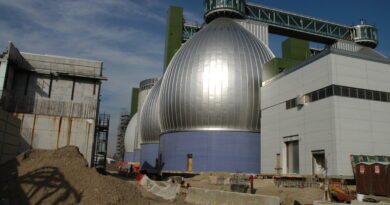Department of Energy Standardizes Award Criteria Across Sectors, Projected to Save $935 Million Annually
On May 8, 2025, the U.S. Department of Energy (DOE) announced new policy measures aimed at enhancing efficiency and accountability in its financial assistance programs. The DOE will cap reimbursable indirect costs—expenses not directly tied to project activities—at 10% for state and local governments, and 15% for both non-profit and for-profit organizations. This alignment with industry standards is projected to save over $935 million annually, based on fiscal year 2024 spending.
Secretary of Energy Chris Wright emphasized that these changes ensure DOE funds are directed toward initiatives that make energy more affordable and secure for Americans, rather than covering administrative overhead. The policy applies to new or conditional awards, excluding tribal entities, and follows a similar April announcement limiting indirect costs for colleges and universities to 15%, which is expected to save an additional $405 million annually.
These reforms reflect the DOE’s commitment to fiscal responsibility and effective stewardship of taxpayer dollars, ensuring that financial assistance supports direct project activities and delivers maximum value to the public.



